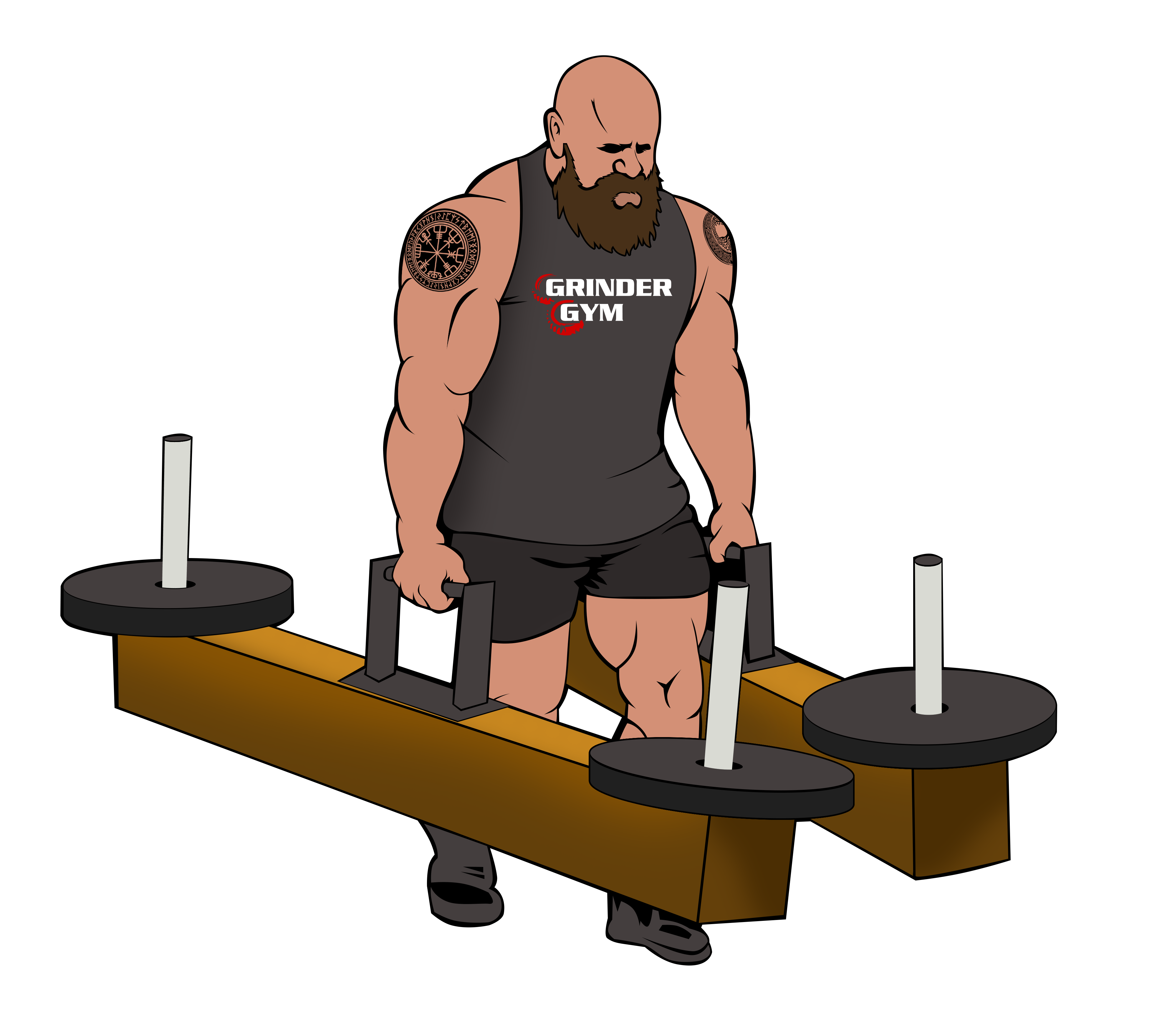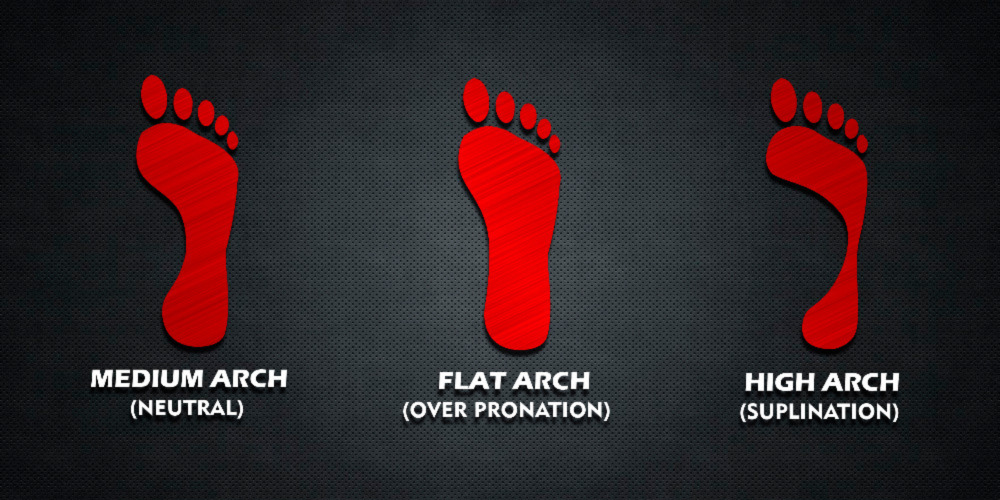Many of my Bootcamp clients over the years, from time to time, have experience shin splints. For some, it may even become a reason why they seek out other activities or fitness programs. I would also venture to guess that very few athletes have been able to avoid shin splints (aka tibial stress syndrome). Most will suffer from at least one bout in their athletic career.
You might have shin splints if…
You are experiencing throbbing pain in the muscles around your shins. Typically shin splints are a dull, aching pain in the muscle directly in front of the lower leg (tibialis anterior). Some experience the pain only during exercise, while others feel the pain after exercise has stopped.
The location of the pain can depend in part on the activity and how your body responds. The pain may be located along either side of the shinbone or in the actual muscles. The area may be painful to the touch. Swollen muscles can also irritate nerves causing weakness or numbness and tingling in the feet.
To properly diagnose shin splints, your doctor will need to perform a thorough exam and have an accurate history of your activity. The doctor may order X-rays or a bone scan to rule out fractures. Other tests might be necessary at times. Know that the doctor’s first goal is to reduce your pain and get you back to your normal daily activities. The doctor’s goal has nothing to do with how fast you run, or if you make it to the Grinder next week. Don’t go against your doctor’s guidelines. There are always ways to exercise around an injury.
Shin splints are the cause of 13 to 20 percent of all running-related injuries. It is not uncommon for even the most seasoned of runners to experience shin splints after ramping up their workout intensity or changing the surface they run on — like training at the Grinder!
With proper rest and mild therapy, your pain should subside. Simply ignoring the pain and attempting to push through it could lead to more severe shin splints and can cause unnecessary setbacks in your Grinder experience.
Shin splints are not always as simple as running less or buying new running shoes, but these do often help. Even the diagnosis of “tibial stress syndrome” is one of many vague medical conditions. The most important thing to realize is that when you experience pain it happens for a reason and that it is a symptom of an underlying problem that you need to identify and address.
The issue could be too much activity too soon or that the frequency of the activity is too much to allow for the necessary recovery.
Of course, there’s always the potential for structural issues such as ankle alignment or overpronation (flat feet). Discovering these issues will require an assessment. The ankle alignment can easily be assessed by a Chiropractor or Doctor of Osteopathy (DO). These issues can often be corrected with proper footwear or the addition of orthotics or other support tools.
The Symptoms Become the Cause
Have you ever wondered why so many injuries are treated with the same plan of action? As the muscles become swollen and inflamed, the symptoms become part of the cause. Unless you allow for the necessary rest and do what is needed to reduce the inflammation, you are likely to see the pain only increase along with the risk for more serious injuries. In the case of shin splints, these injuries are likely to lead to stress fractures and possibly exertional compartment syndrome if not treated properly.
Treatment Options
The cause does very little to change how a problem should initially be treated. Every form of pain starts with a “stop”. Treatment starts with rest to allow for the underlying issue to start the healing process. Here are some basic treatments to start with:
Range of motion (ROM) exercises. Taking the time to perform range of motion exercises for the ankle, knee, and hip can go a long way to preventing injuries. These are in no way exciting exercises and the reality is that when short on time most people will make an excuse to skip out on these exercises.
Icing the shin. In order to reduce the inflammation and swelling you can apply ice directly to the area of pain for up to 20 minutes every three to four hours. You can continue to use this treatment for up to three days or until the pain is gone. If the pain lasts for more than three days consider a visit to your doctor.
Over-the-counter anti-inflammatory medication. Nonsteroidal anti-inflammatory drugs (NSAIDs) like ibuprofen, naproxen, or aspirin, will help with pain and swelling. Each of these trade-name drugs are made by a drug company using an over-the-counter brand that you can use without a prescription from your doctor. However, these drugs do come with potential side effects, like an increased risk of bleeding and stomach ulcers. It is important that you follow the manufacturer’s guidelines unless directed otherwise by your doctor. These should also be used only occasionally unless your doctor specifically directs otherwise.
Better Shoes. Being fitted for shoes by someone trained to assess your gate is always helpful. Bring an older pair of running shoes with you when being assessed. The wear and tear on your shoes will help determine how you have performed in the past and offer a little insight into the type of shoes you will need. Some activities will require a cross trainer while some will be best with a running shoe. If performing heavy lifting, a hard sole will be best.
Arch supports for your shoes. If you are instructed to wear orthotics — wear them! I’m amazed at how often people are fit for orthotics or instructed by their doctor to use an arch support and they fail to use them.
Neoprene sleeve. The compression from the neoprene sleeve offers support and relief of pain for many people who normally experience chronic pain and inflammation. Those using the neoprene sleeve are still advised to perform the ROM exercises and even ice for 15 to 20 minutes after exercise as a way to keep symptoms at bay.
Massage therapy and the foam roller. As we increase the demand on the muscles in our lower legs we also build up waste and inflammation that becomes trapped. The use of foam rolls, hand rollers, tennis balls, and other forms of massage can promote blood flow and loosen up tight fascia (structure of connective tissue that surrounds groups of muscles).
Physical therapy. There is a tremendous value in a visit to a physical therapist whether it is part of the doctor’s prescription of care or something you have decided to pay for out of your own pocket. A physical therapist and a skilled fitness trainer can both offer a variety of exercises to strengthen the muscles in your shins and go over a few stretches you can perform after exercise.
Pain Requires Patience
Some may continue to battle with some form of lower leg pain. Personally, I have been advised by my share of doctors and therapists to never run again. The extent of my injuries is such that I trade hours of therapy for each minute of exercise. While I will continue to work to discover ways to overcome the onset of pain, swelling, and inflammation, I have also come to accept that some things will be accomplished with more patience.


